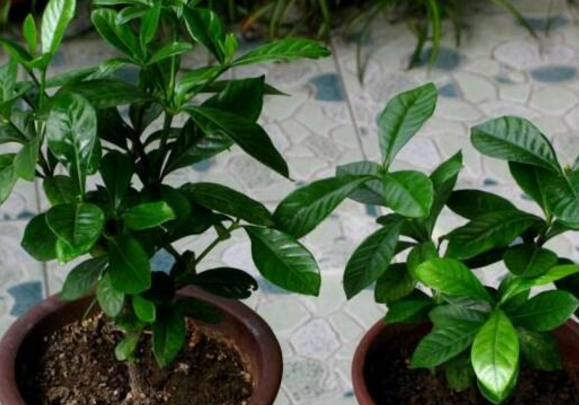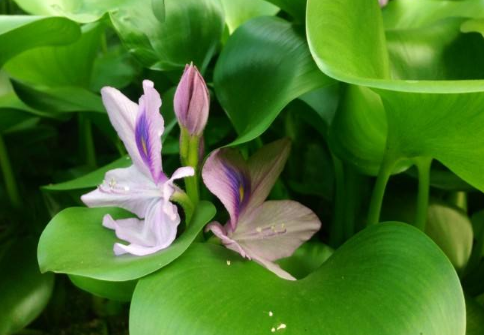The method of culturing Brassica juncea
1. Matrix
Common pond mud can be selected as the substrate for cultivation, which should not be too fertile, otherwise the branches and leaves will grow too dense and affect flowering.

two。 Light
Green vegetables usually ensure sufficient light, can be placed in the courtyard care, without shading can also grow very well.
3. Moisture content
Chinese cabbage has a large demand for water, so it must not be short of water, otherwise it will dry up the leaves and keep water in the basin in winter and put it in the sun.
The culture method of Brassica campestris is a shallow-water plant of Gentianaceae and Gentianaceae. The stem is slender, soft and much branched, creeping, rooting at the nodes, floating on the water or in the soil. The leaf-shaped water lilies are small and chic, with bright yellow flowers protruding from the water and long flowering periods, making them a good choice for decorating the courtyard with waterscape. It usually turns green from March to May, blossoms and bears fruit from May to October, and the fruit ripens from September to October. The plant blossoms while bearing fruit, and when it comes to frost, the part on the water will die. In warm areas, the green grass period is about 240 days, and the flowering and fruit period is about 150 days. The fecundity and regrowth of Chinese cabbage are quite strong. It can propagate not only with seeds but also with rhizome buds. When the fruit is ripe, it will crack by itself. The seeds spread with the help of water; the rhizome extends obliquely in the soil around the 10cm, rooting and budding. After overwintering, the rhizome or stolon is interrupted, and the bud grows and develops into a new plant independently. With its creeping branches and roots into the water or buried in the mud, it is easy to survive. Its regeneration ability is also very strong, and it can still be regenerated after 3-4 times of harvest in the growing season. The pots should be divided into pots every 2-3 years, depending on the size of the pot and the crowding of plants. Keep water in the basin in winter, and you can survive the winter by putting it in a leeward and sunny place. Chinese cabbage is planted in the pool, the water depth is about 40 cm, and the pot water depth is about 10 cm. With ordinary pond mud as the substrate, it should not be too fat, otherwise the branches and leaves are luxuriant and the flowering is rare. If the leaves turn yellow, a small amount of compound fertilizer or chemical fertilizer tablets can be buried in the basin. Usually keep plenty of sunshine, do not lack of water in the basin, otherwise it is also easy to dry up. The management of green vegetables is extensive, and aphids should be controlled during the growing period. This paper comes from: a brief introduction to the culture methods of Artemisia angustifolia, which belongs to the family Gentianaceae and Gentianaceae. The stem is slender, soft and much branched, creeping, rooting at the nodes, floating on the water or in the soil. The leaf-shaped water lilies are small and chic, with bright yellow flowers protruding from the water and long flowering periods, making them a good choice for decorating the courtyard with waterscape. It usually turns green from March to May, blossoms and bears fruit from May to October, and the fruit ripens from September to October. The plant blossoms while bearing fruit, and when it comes to frost, the part on the water will die. In warm areas, the green grass period is about 240 days, and the flowering and fruit period is about 150 days. The fecundity and regrowth of Chinese cabbage are quite strong. It can propagate not only with seeds but also with rhizome buds. When the fruit is ripe, it will crack by itself. The seeds spread with the help of water; the rhizome extends obliquely in the soil around the 10cm, rooting and budding. After overwintering, the rhizome or stolon is interrupted, and the bud grows and develops into a new plant independently. With its creeping branches and roots into the water or buried in the mud, it is easy to survive. Its regeneration ability is also very strong, and it can still be regenerated after 3-4 times of harvest in the growing season. The pots should be divided into pots every 2-3 years, depending on the size of the pot and the crowding of plants. Keep water in the basin in winter, and you can survive the winter by putting it in a leeward and sunny place. Chinese cabbage is planted in the pool, the water depth is about 40 cm, and the pot water depth is about 10 cm. With ordinary pond mud as the substrate, it should not be too fat, otherwise the branches and leaves are luxuriant and the flowering is rare. If the leaves turn yellow, a small amount of compound fertilizer or chemical fertilizer tablets can be buried in the basin. Usually keep plenty of sunshine, do not lack of water in the basin, otherwise it is also easy to dry up. The management of green vegetables is extensive, and aphids should be controlled during the growing period. Through the introduction of this article, I hope you can gain more!
- Prev

Cutting method of Gardenia jasmine
The time of gardenia cutting is usually in the middle of April, when the temperature is very suitable for gardenia rooting, which can be carried out at other times, such as June, August, October and November, but because the temperature is not well controlled, the survival rate will also be greatly reduced. Specific method of cutting: soil cutting
- Next

Culture method of Phoenix Eye Blue
1. Temperature Phoenix blue likes the warm environment, the suitable growth temperature is 18 ℃-23 ℃, the adaptability is very strong, high temperature can also grow, more hardy, but the temperature below 10 ℃ will stop growing. two。 Light Phoenix eyes blue like the sun, to receive at least four or five hours of light every day, lack of light will affect photosynthesis
Related
- Fuxing push coffee new agricultural production and marketing class: lack of small-scale processing plants
- Jujube rice field leisure farm deep ploughing Yilan for five years to create a space for organic food and play
- Nongyu Farm-A trial of organic papaya for brave women with advanced technology
- Four points for attention in the prevention and control of diseases and insect pests of edible fungi
- How to add nutrient solution to Edible Fungi
- Is there any good way to control edible fungus mites?
- Open Inoculation Technology of Edible Fungi
- Is there any clever way to use fertilizer for edible fungus in winter?
- What agents are used to kill the pathogens of edible fungi in the mushroom shed?
- Rapid drying of Edible Fungi

